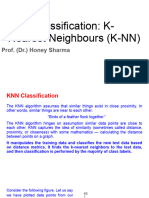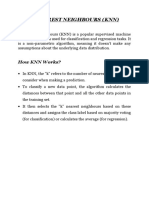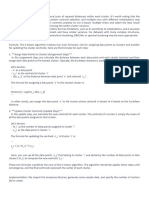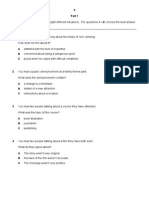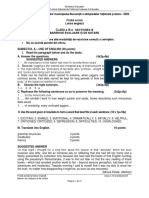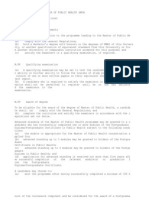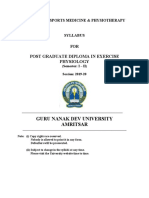0% found this document useful (0 votes)
8 views14 pagesKNN Algorithms - 5082025
The document outlines various classification algorithms, focusing on the K-Nearest Neighbors (KNN) algorithm, which is a nonparametric supervised learning model used for both classification and regression. It details the implementation steps, advantages, disadvantages, applications, and common distance metrics used in KNN. Additionally, it provides examples to illustrate how KNN can be applied to datasets for classification tasks.
Uploaded by
priya0212shuklaCopyright
© © All Rights Reserved
We take content rights seriously. If you suspect this is your content, claim it here.
Available Formats
Download as PDF, TXT or read online on Scribd
0% found this document useful (0 votes)
8 views14 pagesKNN Algorithms - 5082025
The document outlines various classification algorithms, focusing on the K-Nearest Neighbors (KNN) algorithm, which is a nonparametric supervised learning model used for both classification and regression. It details the implementation steps, advantages, disadvantages, applications, and common distance metrics used in KNN. Additionally, it provides examples to illustrate how KNN can be applied to datasets for classification tasks.
Uploaded by
priya0212shuklaCopyright
© © All Rights Reserved
We take content rights seriously. If you suspect this is your content, claim it here.
Available Formats
Download as PDF, TXT or read online on Scribd
/ 14




















